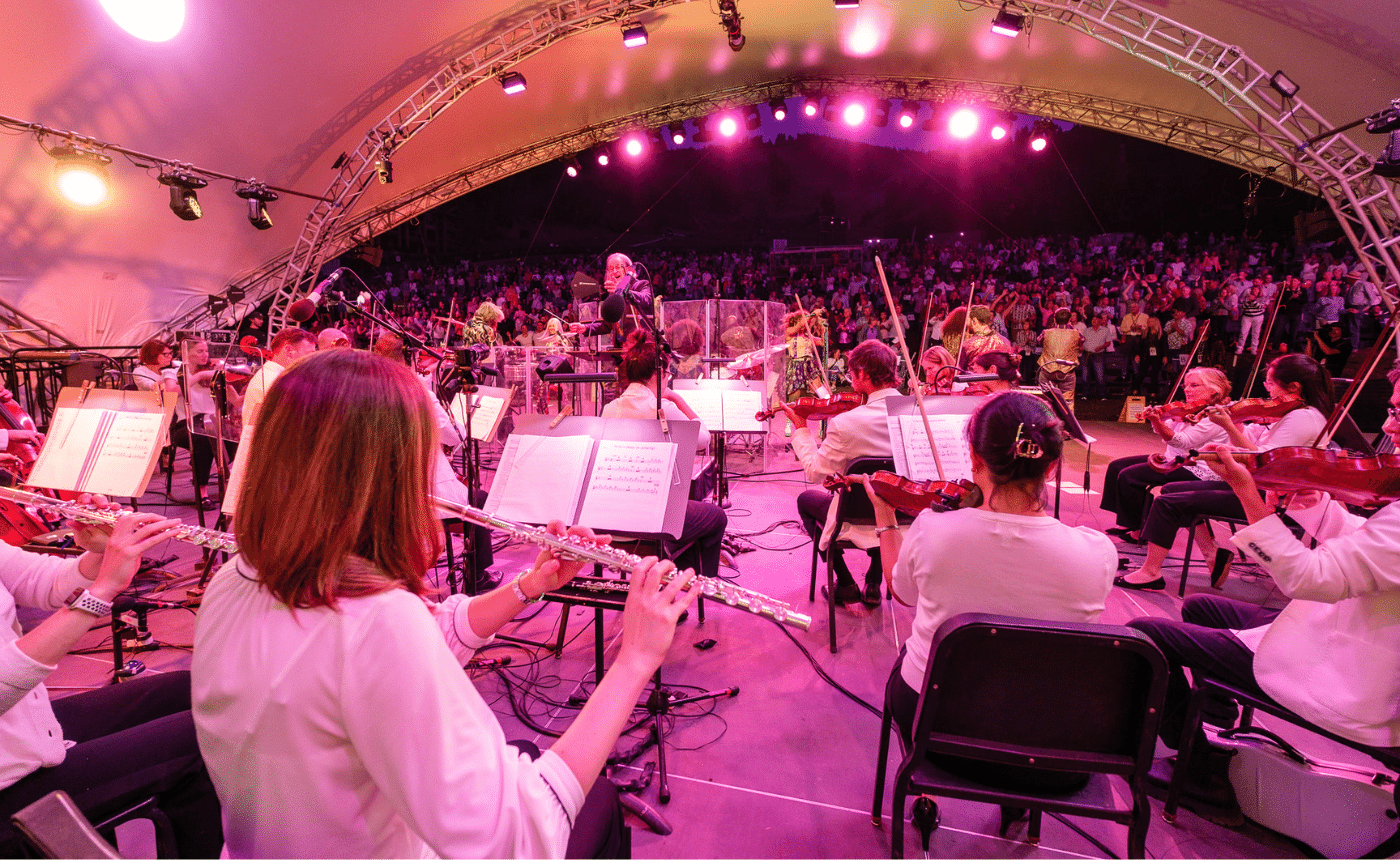Pintscher – Towards Osiris
by Jeff Counts
Instrumentation: 3 flutes (2nd and 3rd double piccolo), 2 oboes, English horn, 2 clarinets, bass clarinet, 2 bassoons, contrabassoon, 4 horns, 3 trumpets, 3 trombones, tuba, timpani, percussion, 2 harps, piano/celesta, strings
Duration: 8 minutes.
THE COMPOSER – Matthias Pintscher –The composer provided the following commentary on towards Osiris:
During the initial stages of conceiving an orchestral work which would eventually bear the title towards Osiris, I came across a work of Joseph Beuys from the 1970s that shows individual objects (sewing patterns on cardboard, originally created for his work Felt Suit) that were distributed in a free rhythmic sequence and mounted on a blank canvas on which nothing had been painted. This work, which made such an impression, was called by Beuys Osiris, and it inspired me to delve into the Osiris myth and its meaning through the centuries.
Osiris, the God of Fertility, was the son of Nut (the Goddess of the Sky) and Geb (the God of the Earth); the destiny that led to his death stood at the center of my investigations. After being murdered by his brother, Osiris remained in the Realm of the Dead, where he served as a judge in the afterlife. In Egyptian mythology, every person’s death is closely bound up with the destiny of Osiris. I was especially touched by the figure of Isis, Osiris’ loving sister and spouse, who, after her husband was dismembered by his raging brother (Set, the God of Combat), was able to reassemble him through the power of her love, and prevented further decay of his reconstructed body, resuscitating him with her wings. Prior to that, she had searched desperately and ceaselessly along the banks of the Nile for the remains of her beloved. This suggested to me a formal structure based upon various stages of fragmentation and reanimation: the initial state of completeness, the decomposition into separate pieces, and their reassembly and metamorphosis—a genuine musical process.
towards Osiris is to be understood as a self-standing orchestral study; it represents the first material composed of what would later be developed into a larger orchestral work (titled Osiris), which would be premiered in 2008 in Chicago (with the Chicago Symphony Orchestra) under the direction of Pierre Boulez. The work played here therefore stands as a piece “on the way”—toward a stage of broader context, which Osiris, as one of the most complex figures in Egyptian mythology, allows us to grasp in musical form.












